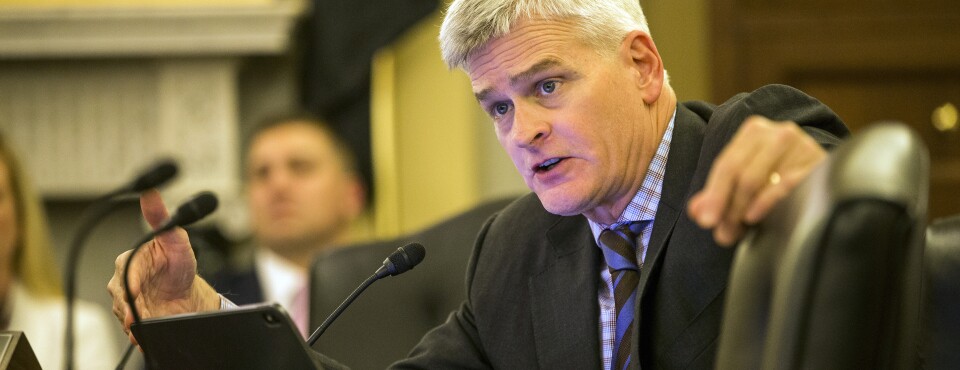The hustle is back in style, and it seems like everyone is jumping on the side-hustle bandwagon. According to a recent 2,300-person survey conducted by Bankrate, more than one in three U.S. adults have a side hustle. The side-hustle craze is not only growing in popularity but also becoming more lucrative. In 2023, the extra work aside from one’s primary income resulted in an extra $810 per month, and this year, it’s up to $891.
Men seem to be more invested in side hustles than women, and younger workers are more likely to engage in side hustles compared to older individuals. Gen Zers are leading the pack, with nearly half of 18- to 27-year-olds reporting that they have a side hustle. On the other hand, only a third of Gen Xers and fewer than one in four boomers have a side hustle.
The rise in side hustles can be attributed to the ever-increasing cost of living. High inflation rates are expected to persist, making basic necessities like rent, gas, and groceries more expensive. This financial strain has led to roughly half of American workers living paycheck-to-paycheck, with parents being more likely to have a side hustle than non-parents.
Despite the financial challenges, respondents are not using their side hustles to support their basic needs. Instead, they are using the extra cash for discretionary spending, such as shopping for non-essentials. Only a small percentage of side hustlers are using their earnings to save or pay down debt.
The prevalence of side hustles raises concerns about the financial stability of individuals. While many side hustlers feel they need the extra income to make ends meet, only a small percentage actually want their side hustle to become their primary source of income. This reliance on side hustles for additional income highlights the precarious financial situation that many individuals find themselves in.
Experts suggest that instead of focusing on non-essential spending, individuals should prioritize saving and investing. By setting aside a portion of their earnings for investments, especially at a young age, individuals can build a substantial nest egg for the future. Investing early can lead to significant returns over time, providing financial security and stability in the long run.
In conclusion, while side hustles may provide a temporary solution to financial challenges, it is essential for individuals to prioritize saving and investing for long-term financial security. By focusing on building wealth through investments rather than indulging in discretionary spending, individuals can secure a comfortable and stable financial future.


















